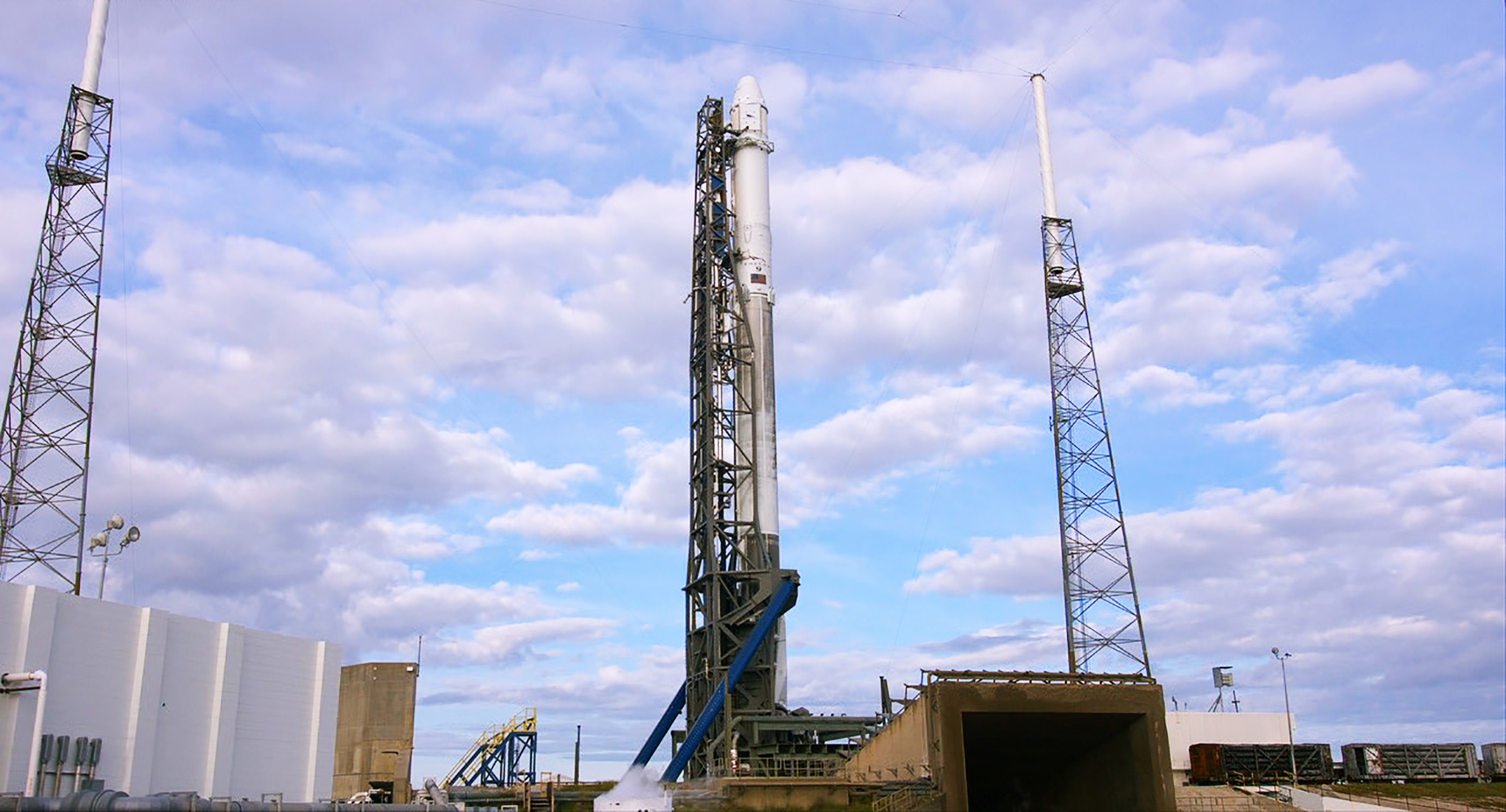
The first stage separates and re-enters Earth’s atmosphere, landing vertically.

The Falcon 9 booster for this mission previously flew on NASA’s Sentinel-6 Michael Freilich mission and a SpaceX Starlink mission. Falcon 9 generates more than 1.7 million pounds of thrust at liftoff. The Falcon 9 can lift payloads of up to 50,300 pounds to low-Earth orbit, and 18,300 pounds to geostationary transfer orbit, or GTO. Its first stage uses rocket-grade kerosene and liquid oxygen, while the second stage uses liquid oxygen. It is powered by nine SpaceX Merlin engines. The SpaceX Falcon 9 is a partially reusable two-stage rocket. The instrument was built by Ball Aerospace and integrated onto Intelsat 40E by Maxar.The SpaceX Falcon 9 rocket with NASA’s DART spacecraft is on the launch pad at Space Launch Complex 4 at Vandenberg Space Force Base in California on Nov. “It’s also opening the door for us to work more closely with our international partners to better understand global air quality and its transport.” “This marks a new era in our ability to observe air pollution over North America, including the entire continental United States,” said Barry Lefer, TEMPO project scientist and tropospheric composition program manager for NASA. This unprecedented coverage is expected to revolutionize air quality forecasting, as well as deliver major new insights into numerous fields, including climate science and agriculture. TEMPO will provide the first-ever hourly daytime observation of atmospheric pollution at high spatial resolution over greater North America. The ESA ( European Space Agency) Sentinel-4 satellite, scheduled to launch in 2024, will make measurements over Europe and North Africa. South Korea’s Geostationary Environment Monitoring Spectrometer, the first instrument in the constellation, launched into space in 2020 on the Korean Aerospace Research Institute GEO-KOMPSAT-2B satellite, and is measuring pollution over Asia. “After working on the TEMPO for more than 10 years, it is about time to launch TEMPO to produce real TEMPO data and start the new era of air quality monitoring over North America.”įrom its geostationary orbit – a high Earth orbit that allows satellites to match Earth’s rotation – TEMPO also will form part of an air quality satellite virtual constellation that will track pollution around the Northern Hemisphere. “Our TEMPO slogan is ‘It’s about time,’ which hints at TEMPO’s ability to provide hourly air pollution data,” said Xiong Liu, deputy principal investigator for TEMPO at the Center for Astrophysics | Harvard & Smithsonian in Cambridge, Massachusetts.

TEMPO will launch into geostationary orbit 22,236 miles above Earth’s equator in 2022 as a payload on Intelsat 40e. By monitoring the effects of everything from rush-hour traffic to pollution from forest fires and volcanoes, NASA data will help improve air quality across North America and protect our planet,” said NASA Administrator Bill Nelson. “The TEMPO mission is about more than just studying pollution – it’s about improving life on Earth for all. The Tropospheric Emissions: Monitoring of Pollution (TEMPO) instrument will improve life on Earth by revolutionizing the way scientists observe air quality from space.

Credit: SpaceXĪ NASA instrument to provide unprecedented resolution of monitoring major air pollutants – down to four square miles – lifted off on its way to geostationary orbit at 12:30 a.m. EDT, SpaceX’s Falcon 9 rocket lifted off the pad at Cape Canaveral Space Force Station in Florida, beginning its approximately hour-long journey to deliver the Intelsat 40e, along with NASA’s Tropospheric Emissions: Monitoring of Pollution (TEMPO) instrument, into orbit.


 0 kommentar(er)
0 kommentar(er)
